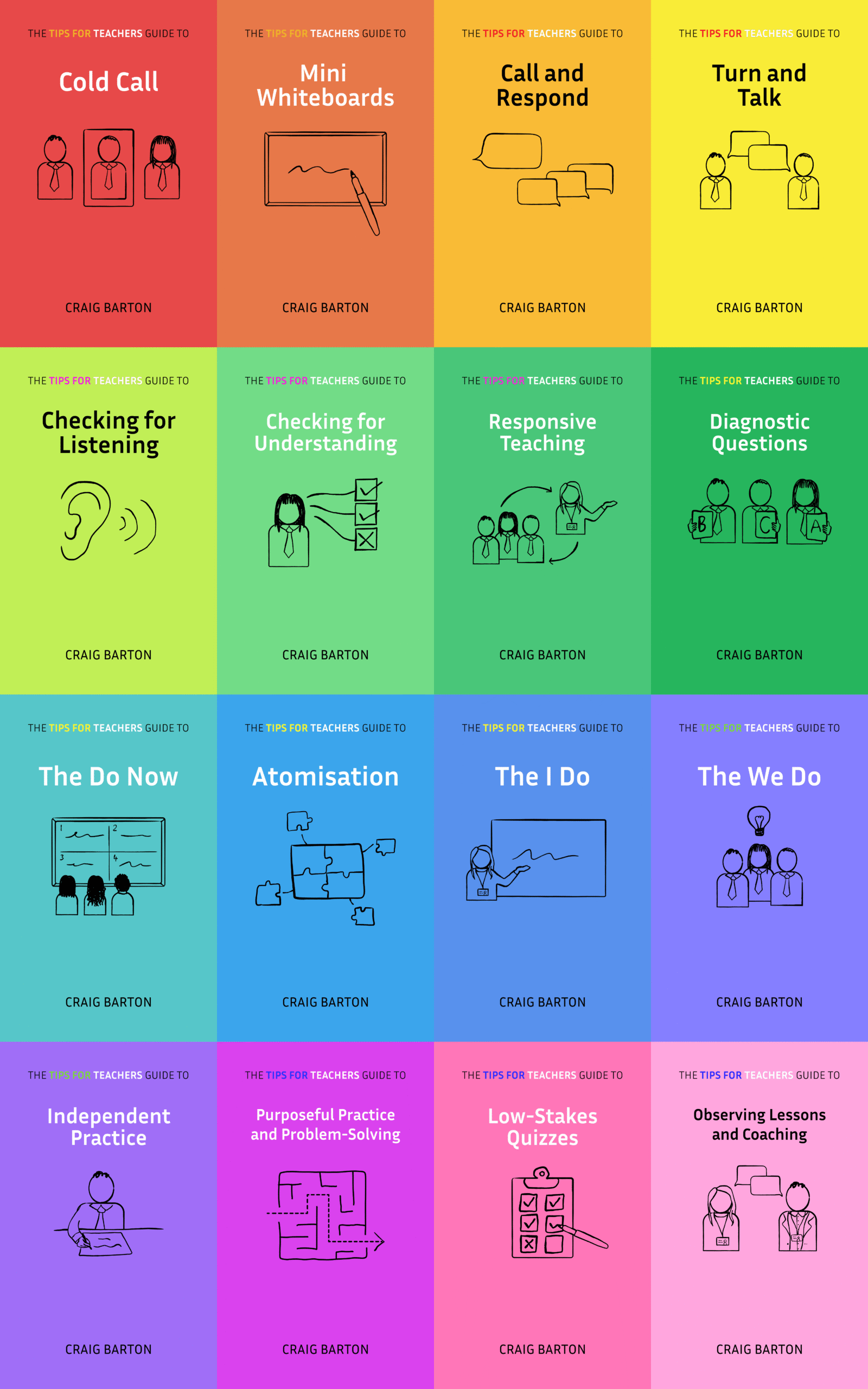
- Title: Engaging ‘silent’ students in classroom discussions: a
micro-analytic view on teachers’ embodied enactments of
cold-calling practices - Authors: Morek, Heller and Kinalzik
- Access the original paper here
- Listen to a deep-dive podcast:
Paper summary
This research article examines how teachers engage “silent” students in classroom discussions, specifically focusing on the technique of cold-calling. The authors argue that while cold-calling can be an effective engagement strategy, it can also be perceived as a face-threat, and the way in which teachers enact cold-calling plays a crucial role in its reception by students. The article analyzes two contrasting cases of cold-calling in German middle schools, demonstrating how the teachers’ embodied behavior and linguistic choices create distinct participation frameworks that shape students’ interactive responses. The findings suggest that cold-calling can either foster a collaborative learning environment or generate a sense of individual obligation, impacting students’ perceived competence and willingness to engage in challenging tasks.
What are the key implications for teachers in the classroom?
- Cold-calling is a complex, sequentially organized practice that involves more than just nominating a student. It includes a preparation phase where the teacher sets up a participation framework, the actual cold-calling with a direct address and individual task, and a post-phase where the student reacts and the teacher responds.
- Teachers use a variety of verbal and nonverbal cues when cold-calling, which can impact how students perceive the interaction. Embodied resources like posture, gaze, facial expressions, and gestures play a significant role in framing the activity and conveying expectations.
- Cold-calling can be enacted in different ways, with varying effects on student participation and learning.
- One approach is to frame the activity as collaborative thinking, where the teacher acts as a fellow thinker and assigns challenging tasks that encourage students to think critically and engage in discussion. This approach positions students as competent and cooperative learners and can facilitate meaningful contributions to the learning process.
- Another approach frames participation as a moral obligation, emphasizing diligence, courage, and participation as social norms. The teacher acts as a task-setting authority, observing and waiting for students to comply. This approach can reduce task complexity and focus on “unconditional participation,” which may lead to hesitant and minimal student responses.
- The post-phase of cold-calling is crucial for assessing its effectiveness. Observing how students respond to being called on and how the teacher responds in turn can reveal whether the interaction was successful in promoting learning.
- Cold-calling that frames the task as shared thinking and attributes competence to students seems more likely to elicit extended and thoughtful responses. Conversely, focusing on moral obligations and simplifying the task can result in limited participation.
- Teachers should be mindful of how their actions and words during cold-calling can impact students’ sense of self and willingness to participate. Connecting to students’ identities and creating a safe space for risk-taking can encourage engagement in challenging learning activities.
The sources highlight the importance of considering the various facets of cold-calling and its potential implications for student learning. By understanding the different ways cold-calling can be enacted and the possible consequences for student participation, teachers can make informed decisions about how to use this technique effectively in the classroom.
Key quote:
Cold-calling is an ambivalent practice that can be encouraging and engaging on the one hand, but also confrontational and intimidating on the other hand








